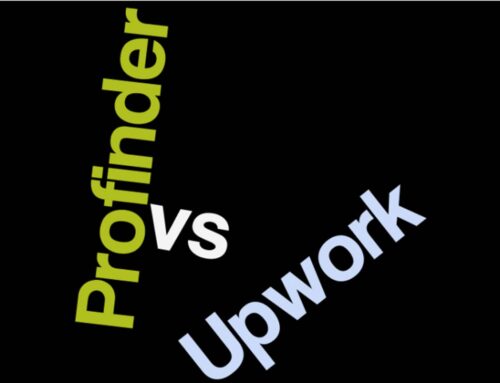 Years ago, if you were in an audit, you were obligated to produce original receipts. If you didn’t have original receipts, you lost the deductions.
Years ago, if you were in an audit, you were obligated to produce original receipts. If you didn’t have original receipts, you lost the deductions.
Now that we are in the electronic age, the IRS recognizes the desire to go paperless. Therefore, the IRS now accepts legible and readable copies of your original receipts.
The IRS has a Revenue Procedure Code 97-22 that provides guidance to taxpayers for maintaining books and records by using an electronic storage system. Records maintained electronically must meet these requirements:
- Taxpayers can scan complete documents and store them electronically
- The taxpayer must ensure the integrity and reliability of the storage system
- The taxpayer must be able to reproduce legible and readable hardcopies
- All documents be accessible electronically
- The taxpayer is responsible for making any backups of the data either electronically or hardcopies offsite
If the taxpayer meets the requirements of this procedure code, the electronic storage of source documents will be treated in compliance with the recordkeeping requirements. After the taxpayer has tested the electronic storage system and confirmed that readable hardcopies can be reproduced, the original receipt may be disposed.
Note: If the taxpayer’s records are available only by electronic means and he/she fails to meet the requirements of this procedure, the taxpayer may be subject to applicable penalties.
Here are some practical ideas of how to organize scanned receipts:
Choose the format of your reports: PDF, Excel, Word, HTML, Digital Images
Choose the way your reports are sorted: By Date, By Amount, By Vendor, By Payment Type, By Tax Category
Questions regarding this procedure can be directed to the Office of the Assistant Commissioner at 202-622-5480.
Happy scanning!







